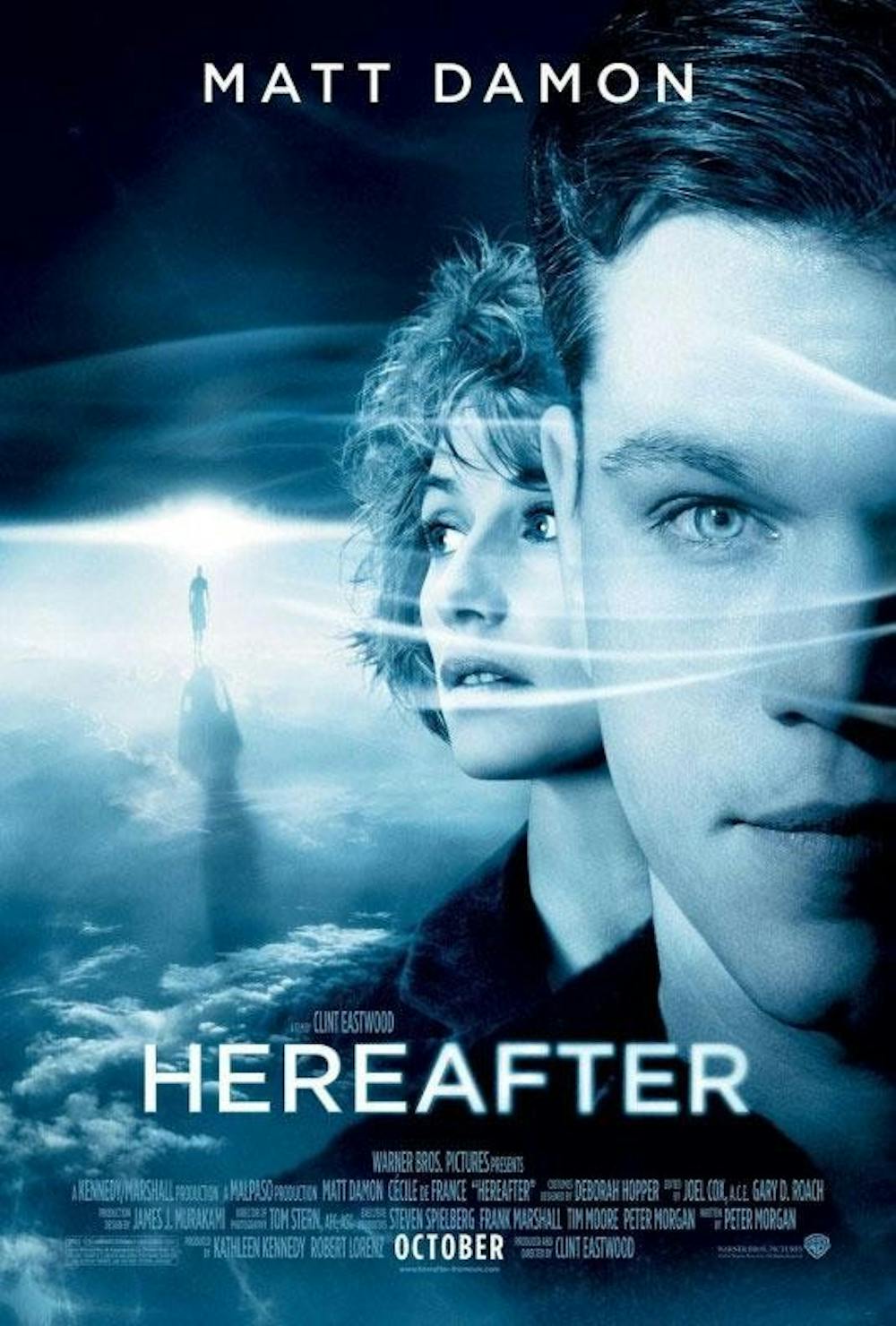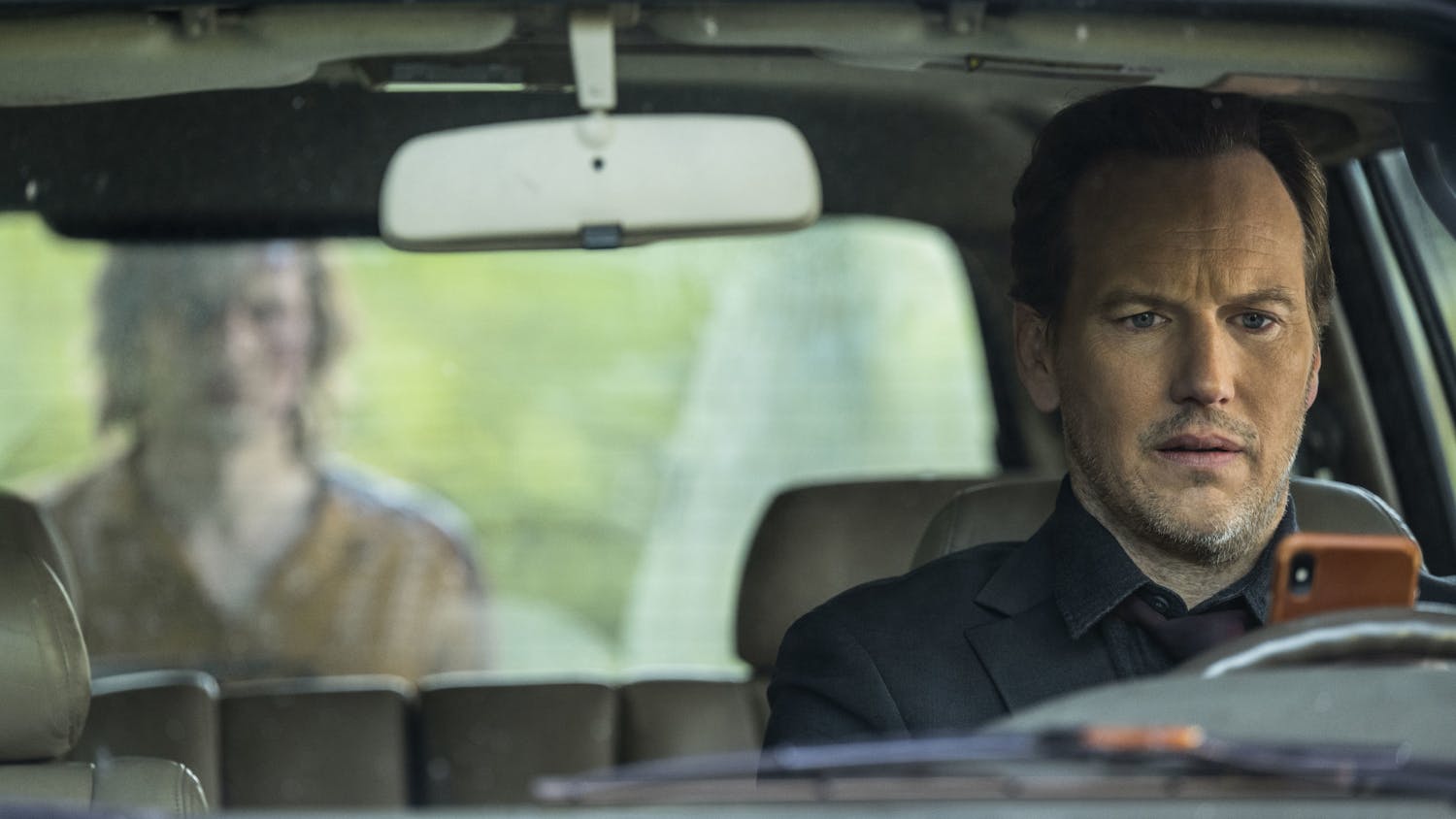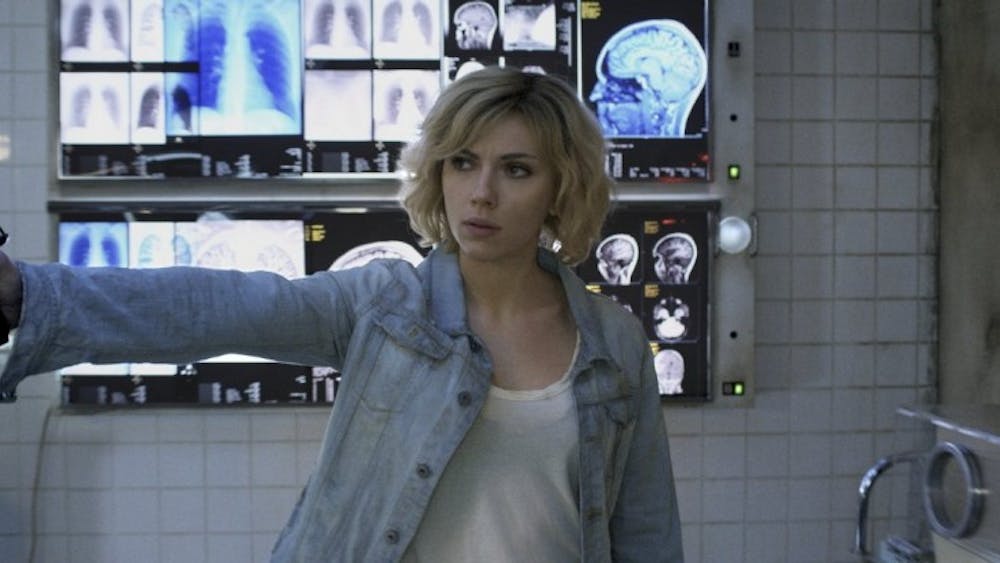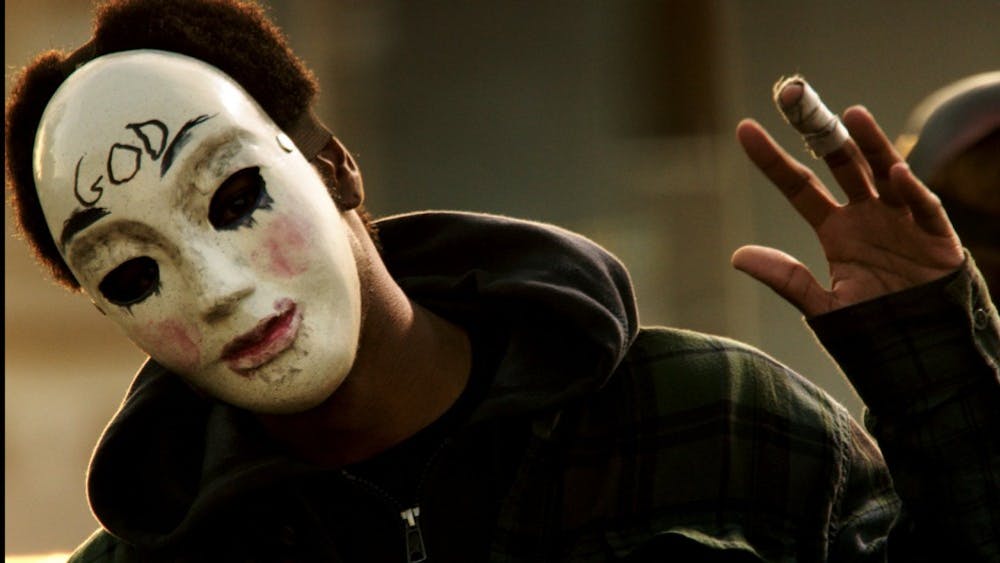Why has an afterlife always been associated with religion? Clint Eastwood’s elegant melodrama “Hereafter” asks this question.
Eastwood has never made a movie like this. And in a way, he still hasn’t.
The film is a fantasy in which three characters are surrounded by death in some way, each of their stories intertwining at the end. The film opens tragically with French journalist Marie LeLay (Cecile De France) getting caught in the 2004 Indian Ocean tsunami, and Eastwood directs this scene of stunning special effects in such a way that the disaster is localized.
Miraculously, Marie survives, but before she’s brought back to consciousness, she sees visions. Here, Eastwood’s post-death world is illustrated through flashes of light in an area of complete darkness where only silhouettes and vaguely distinguishable faces are seen.
George Lonegan (Matt Damon) shares these visions because he has the gift (curse, as he sees it) of connecting with the afterlife of his subject’s loved ones through touch.
He’s distanced himself from doing readings, but the urging of others forces him back into the line of work that once made him rich and successful.
The third character is the British boy Marcus (Frankie and George McLaren), whose twin brother was hit by a car and killed. His loving but junkie of a mother is unable to care for him, and he independently searches for a way to communicate with his dead brother while in the care of a foster family.
I believe the strength of Eastwood’s film and Peter Morgan’s screenplay (another writer who’s never tackled anything close to a fantasy) lies in the fact that they are both rigidly down to Earth.
They’ve observed that although all people are looking for answers, everyone is also discovering how to simply cope with the idea of death. “Hereafter” allows its characters to explore these thoughts more deeply.
And it does not limit this theme to its three leads. Character actors like Richard Kind and Bryce Dallas Howard are given intimate personality sketches despite eventually disappearing from the story altogether, and they thrive on the film’s melodramatic tone and delicate pacing to catapult their performances.
So yes, the film is quite heavy-handed, and some would say torpid. Eastwood shoots each of George’s psychic readings in an impressive, but familiar low light, and the tone, along with the sheer level of melodrama, is about as dour as it is in “Changeling.”
“Hereafter” provides no answers. It does not assume a peaceful, fulfilling existence following death, and in its own vague way, it doesn’t even entirely assume there is one. It merely charts what people will do to find solace in the face of death, and it does that brilliantly.
Clint’s touching look into the afterlife

Get stories like this in your inbox
Subscribe





